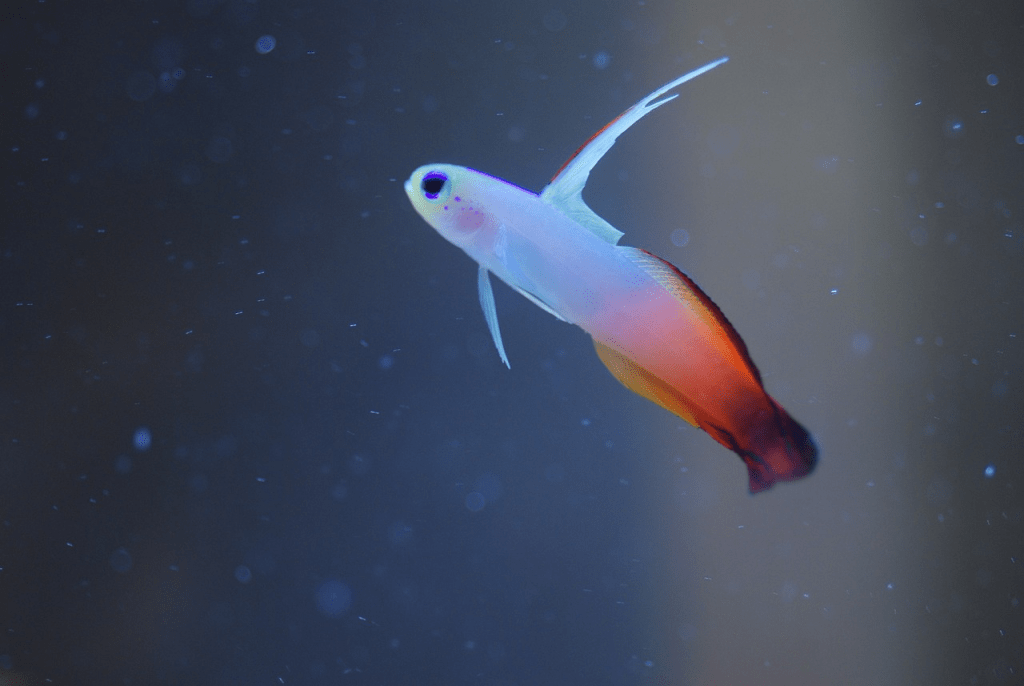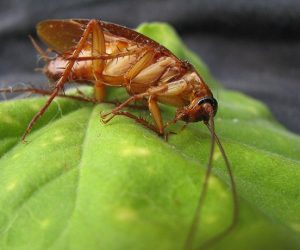Saltwater goby fish is a remarkable and diverse group of fish. They play a crucial ecological role and offer a splendid variety to any marine aquarium. These fish encompass a myriad of colors, behaviors, and ecological adaptations.
We’ll explore the types of gobies and their remarkable characteristics. It makes them a gem in the underwater world. Read on to learn more!
The Many Faces of Saltwater Gobies
Gobies are one of the largest fish families, containing over 2,000 diverse species. This family is divided into two categories: freshwater and saltwater gobies. Goby fish species are known for their:
- vibrant colors
- unique forms
- behaviors
Making them a favorite among aquarists and divers alike. Here are a few examples of Goby fish species:

Firefish Gobies
Firefish Gobies epitomize the beauty of the saltwater goby. These fish are a sight to behold with their:
- elongated bodies
- intricate fins
- vibrant colors
They are peaceful and make a great addition to a community saltwater aquarium. A striking feature is their ability to change color. This is often in response to changes in their mood or environment.
Firefish Gobies are known for their unique ‘jumping’ behavior, sometimes resulting in them escaping from the aquarium. A lid is a must when keeping them as pets.
Clown Gobies
Clown gobies belong to the genus Gobiodon. These are some of the most interesting gobies popular in the aquarium trade. Their namesake comes from their vivid, sometimes iridescent, colors and markings, which resemble a clown’s attire.
They are the smallest in the goby family, usually not exceeding 2 inches long. Their bright colors and quirky behaviors make them quite the entertainers in a saltwater aquarium.
Clown Goby is symbiotic with certain anemones. It takes shelter within the anemone’s tentacles and offers the anemone protection in exchange.
Watchman Gobies
Watchman Gobies are a group of gobies that belong to the genus Cryptocentrus. The “watchman” moniker is earned due to their behavior of perching themselves near the entrance of burrows they construct or find, keeping guard.
They have a distinctive diamond-shaped body with a pointed head. Their bodies usually sport earthy tones to blend with their sandy habitat. These gobies are often seen with their symbiotic partner, the pistol shrimp, who share a burrow.
The goby acts as the “watchman,” alerting the shrimp of any threat while the shrimp maintains the burrow. Their penchant for having a lookout position makes them fascinating to observe in an aquarium setting.
Shrimp Gobies
Shrimp Gobies are another example of symbiotic behavior among gobies. They form a mutual alliance with various shrimp species, often goby shrimp.
They have a body shape like the Watchman Gobies, streamlined for life in the sand. They exhibit a unique method of communication with their shrimp partners.
Shrimp Gobies maintain regular contact with their shrimp partners. It is crucial for their security and, in turn, allows the shrimp to avoid predators early.
Ecology and Behavior of Saltwater Gobies
Saltwater gobies play diverse roles in marine ecosystems. Their small size and inconspicuous behavior allow them to occupy several niches.
Environment and Adaptations
Most saltwater gobies prefer shallow marine habitats, especially those in the sand or within the crevices of coral reefs. They have adapted to various conditions, from the calm waters of lagoons to the strong tidal areas of submerged islands.
Many species exhibit remarkable adhesion, using strong pelvic fins to anchor themselves to the substrate against strong currents. They have adapted to breathe in air and water.
Gobies have excellent vision, with some species seeing 360 degrees around them. It is essential for their survival in their often dangerous habitats.
Reproduction and Life Cycle
Saltwater gobies’ reproductive behavior is as varied as their colorful patterns. Some species, like the Watchman Goby with the pistol shrimp, form monogamous pairs, while others participate in intricate courtship rituals.
Pebble Toadfish are a Caribbean species of goby that nest in empty clam shells and coconut halves and guard them until they hatch. Male gobies are often responsible for tending to the eggs and protecting the hatchlings.
Keeping Saltwater Gobies in Aquariums
Saltwater gobies are a great addition to a home aquarium due to their adaptability and friendly disposition. Yet, specific considerations need to be made when keeping these amazing fish.
Aquarium Setup and Care
Creating a suitable and safe environment for saltwater gobies is essential for their well-being. Provide a spacious reef tank with plenty of hiding spots and a soft, sandy substrate, as these fish often burrow and create territory.
Gobies are hardy but need stable water conditions and a balanced diet. Ensure they have a varied diet supplemented with live and frozen foods.
When selecting tankmates for gobies, choose peaceful species that won’t outcompete them for food or harass them. Avoid pairing them with species known for aggressive behavior.
Common Diseases and Their Prevention
Like all aquarium fish, saltwater gobies are susceptible to certain diseases. Proper maintenance and attentive care can help prevent these illnesses.
Perform regular water changes and maintain proper water parameters, especially pH, salinity, and temperature. Quarantine new gobies and any new additions to the aquarium to prevent the introduction of pathogens. Look for signs of common fish diseases, such as ich, fin rot, or velvet, and act if you observe any symptoms.
The Role of Saltwater Gobies in the Aquarium Ecosystem
Saltwater gobies are admired for their vivid colors and unique behaviors. They also contribute to a marine aquarium’s ecological balance. Their presence can stimulate more natural behavior in other species. Creating a dynamic and interactive environment for fish and aquarium enthusiasts.
Biological Pest Control
One of the unsung benefits of keeping certain types of gobies is their role in controlling pests. Some species feed on unwanted algae and parasites that can harm other fish and corals. This natural pest control method is invaluable, reducing the need for chemical treatments and helping maintain a healthy aquarium.
Exploring the Types and Characteristics of Saltwater Goby Fish
The world of saltwater goby fish is fascinating and filled with color, diversity, and incredible adaptability. From the unassuming shrimp goby to the flamboyant Firefish Goby, each species contributes to our oceans’ awe-inspiring tapestry of life.
Whether gracing the coral reefs of the Maldives or the artificial structures of a kept-home aquarium, saltwater gobies are a joy to behold and a reminder of the intricate beauty beneath the waves.
For more helpful tips, check out the rest of our site today!



